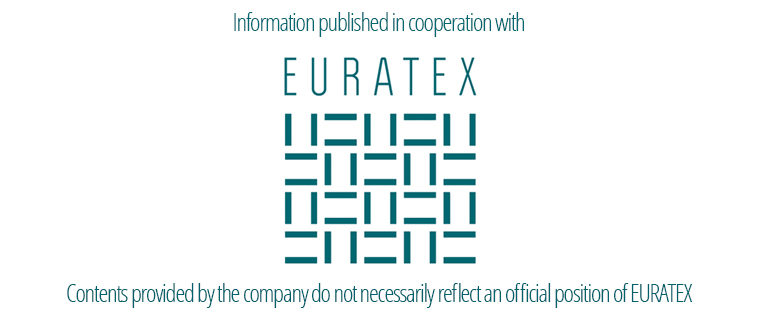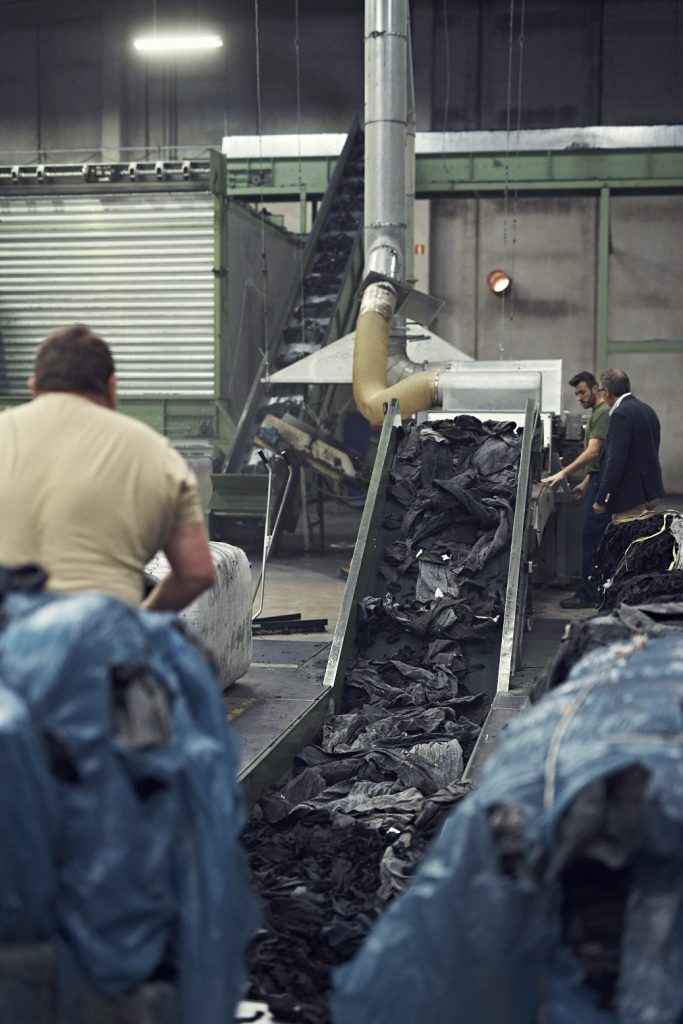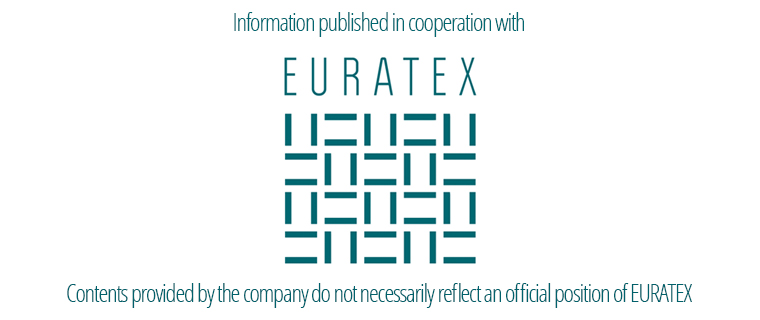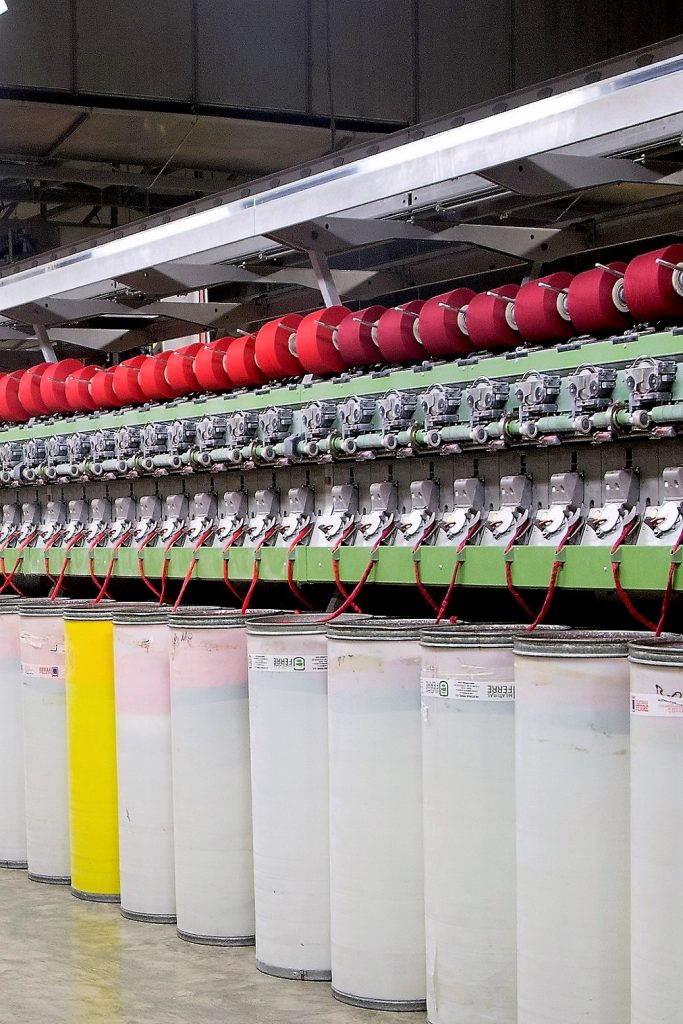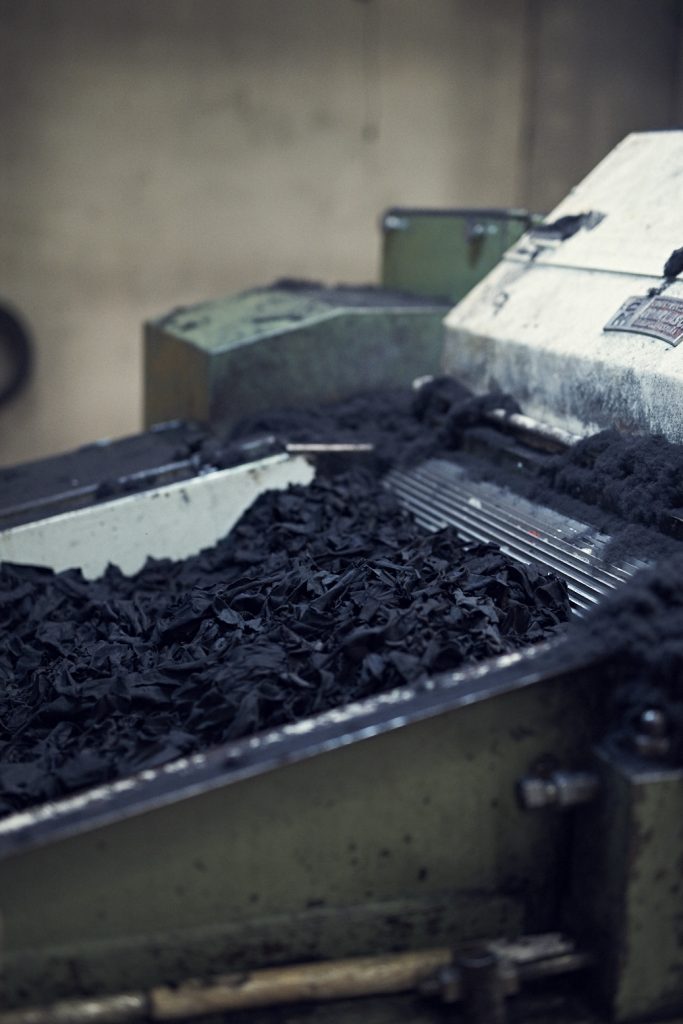Description
Recover turns textile waste into new yarns for multiple life-cycles and produces the lowest impact textiles for apparel, accessory and home textile markets.
The core added value is the offer of recycled cotton – the key ingredient of all company’s products. Recover uses textile waste from production of garments (±15% of textiles is wasted in the process of cutting & sewing).
To create the yarns, Recover combines 2 resource-efficient processes :
- Recovering the fibre from textile waste (no need for virgin cotton): Recover has perfected this process over time to develop the maximum length of the fibres which determines the quality of the yarns
- Applying colour blend process: Recover uses the colour from the textile waste and by doing so avoids applying dyes, chemicals or water to the process. The recycled cotton fibres are then blended with coloured carrier fibres to finally get the exact colour needed.
Added value
Recover yarns has an extremely low environmental impact nowadays, nearly 15 000 liters of water per kilogram are saved when comparing Recover fibers to dyed virgin cotton, according to the LCA study by the University of Valencia).
In 2016, Recover fibres have saved the equivalent of:
- 8 million kg of textile waste
- 3 million PET bottles
- 3 billion Lof water
- 2 million kg of chemicals
- 59 million kg of CO2
- 152 million kWh of energy
- 7 million m2 of landfill space
Challenges
- Brands may often be concerned that Recover yarns coming from textile waste may contain certain chemicals that are not allowed according to their Restricted Substances List (RSL). This is not a major issues for most of Recover’s current products. – as textile waste collected from production left-overs are generated inside a controlled environment and can be check for compliance with legislation for instance REACH.
- To improve our post-consumption recycling we need new and improved test protocols and certification schemes for instance Oekotex.
- There is a need for incentives to make recycled materials more competitive on the market. Lack of financial incentives, associated to perceived risks, is one of the reasons for which some brands opt out from using recycled yarns.
Partners
